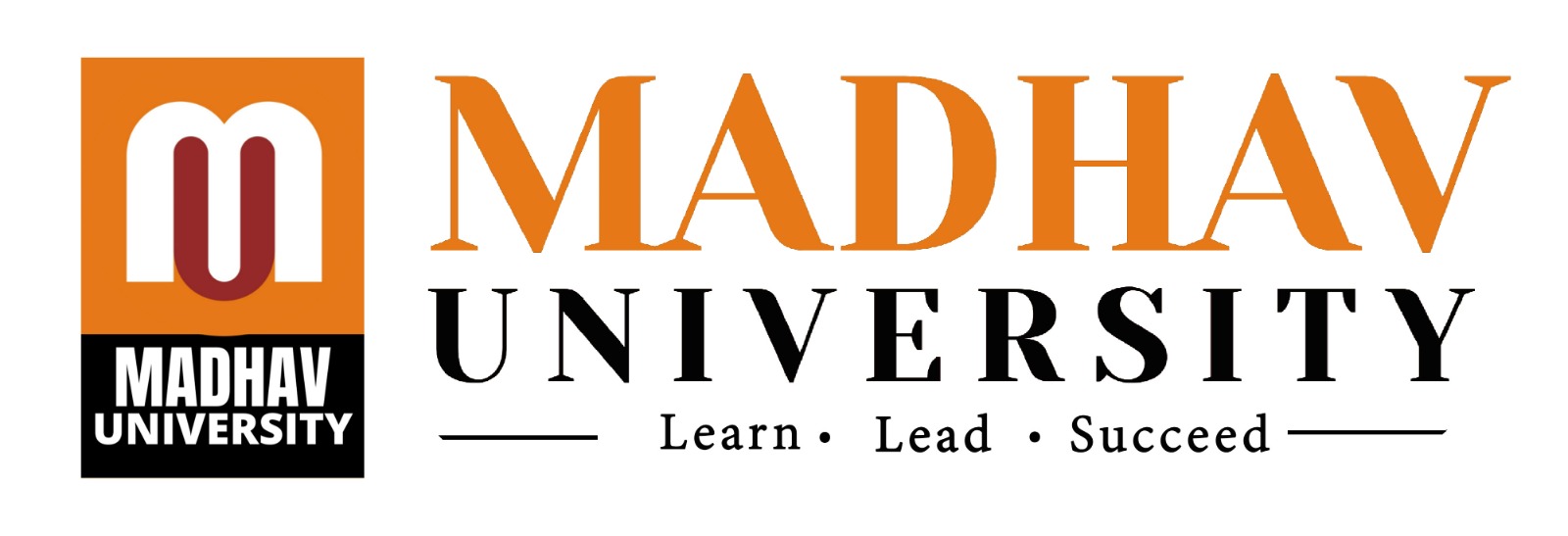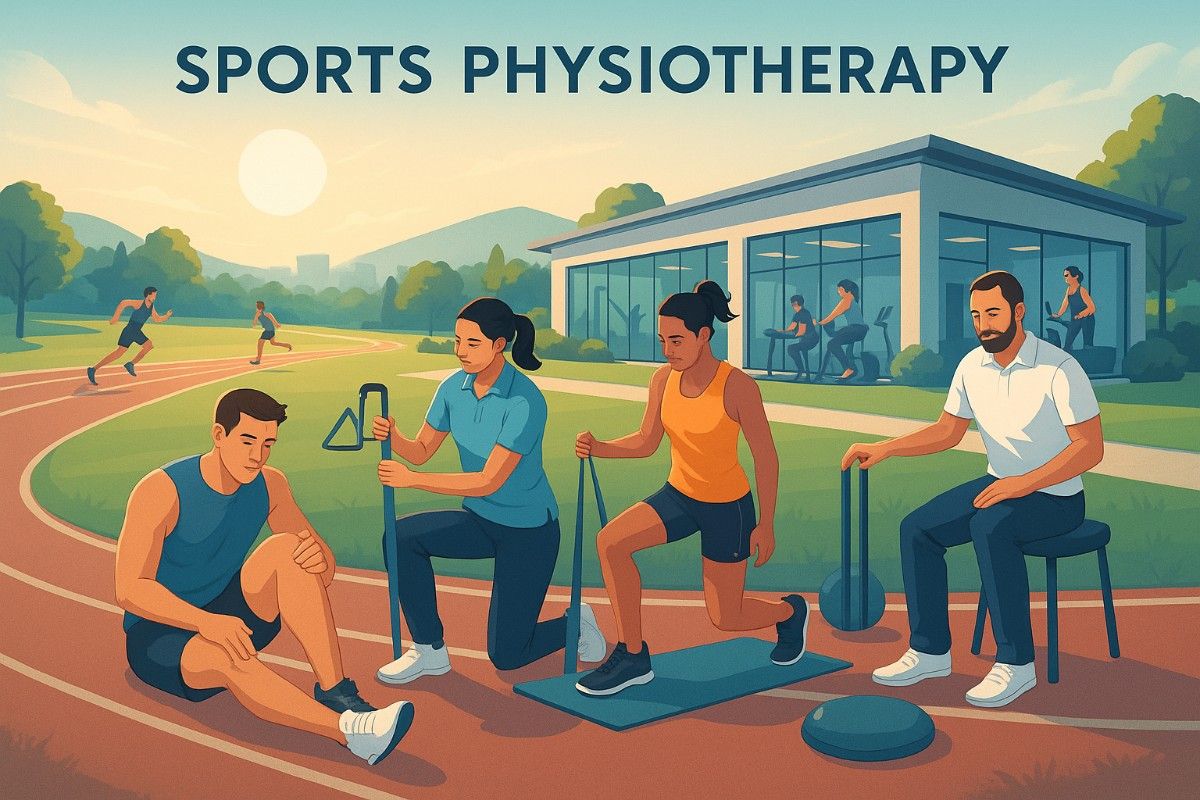Sports physiotherapy represents a specific physiotherapy field dedicated to preventing injuries and providing evaluation and treatment as well as rehabilitation support for athletes who experience sports-related injuries. Sports physiotherapy serves as an essential support system that guides athletes of all levels toward superior performance while ensuring they safely recover from physical injuries.
The increased focus on fitness and sports participation has led to a substantial rise in the need for sports physiotherapists. This field integrates medical expertise and sports knowledge to help the body meet its physical demands in athletic activities and exercise. Sports physiotherapy aims to heal injuries while simultaneously improving athletes’ performance capabilities and preventing recurring injuries as well as supporting full musculoskeletal health.
Role of Sports Physiotherapy
The role of sports physiotherapy is multifaceted. Sports physiotherapy integrates clinical evaluation with hands-on therapy while offering customized exercise plans and preventive tactics. The following section outlines the fundamental functions of sports physiotherapy within athletic and exercise settings.
1. Injury Prevention
Sports physiotherapists create personalized injury prevention strategies for athletes and teams based on specific requirements. These programs include:
Warm-up and cool-down routines
Flexibility and mobility drills
Strength and conditioning programs
Biomechanical assessments to correct improper movement patterns
Sports-specific functional training
Identifying risk factors early — including muscle imbalances, poor posture, and incorrect technique — plays a vital role in preventing injuries before they develop.
2. Injury Assessment and Diagnosis
Sports physiotherapists undergo training that enables them to perform swift and precise evaluations of sports injuries whether they are on the field or inside a medical facility. To confirm diagnoses they perform clinical tests and physical examinations while coordinating with radiologists or orthopedic surgeons when necessary.
Ligament sprains
Muscle strains
Tendonitis or tendinopathies
Joint dislocations
Fractures and overuse injuries
Early detection of injuries allows healthcare providers to establish proper treatment protocols while minimizing the risk of minor injuries becoming persistent problems.
3. Treatment and Rehabilitation
After an injury occurs the physiotherapist develops a structured treatment plan that concentrates on:
Pain control treatments include techniques such as TENS therapy, ultrasound application, dry needling sessions, and manual therapy methods.
Range of motion restoration
Muscle strengthening and endurance training
Functional training aligned with sport-specific demands
Athlete rehabilitation includes separate phases that first aim to minimize pain before restoring function and ultimately ensure safe return to sports activities.
4. Post-Surgical Rehabilitation
Surgical procedures such as ACL reconstruction, rotator cuff repair, or meniscus surgeries necessitate directed physiotherapy for athletes. Sports physiotherapists and orthopedic surgeons work together to create evidence-based rehabilitation protocols that:
Reduce post-op swelling and pain
Restore joint mobility
Rebuild muscle strength and coordination
Prevent compensatory injuries
Guide the athlete through return-to-play (RTP) decisions
5. Performance Enhancement
Sports physiotherapists extend their expertise to improve athletic performance through various techniques.
Movement efficiency and agility training
Muscle activation strategies
Core stabilization and posture correction
Plyometric training and neuromuscular control
Fatigue management and recovery planning
Through these techniques athletes can reach maximum performance while lowering their chances of getting injured.
6. On-Field Emergency Management
Physiotherapists become essential team members during football and hockey matches to manage high-risk situations. Physiotherapists receive training in emergency care procedures that they apply directly on the field.
Immediate injury assessment
CPR and first aid
Spinal stabilization and immobilization techniques
Decision-making for player substitution or continuation
Coordinating with medical teams for further care
Scope of Sports Physiotherapy
Sports physiotherapy covers a broad range of practices that continuously develop to include both competitive settings and community health programs. Let’s explore the major areas of practice:
1. Professional and Amateur Sports
Sports physiotherapists work with:
Olympic teams
National and state-level athletes
Professional sports clubs (cricket, football, basketball, etc.)
School and college athletes
Physiotherapists support athletes in sustaining top fitness levels while managing demanding schedules and reducing injury risks.
2. Fitness and Wellness Industry
The surge in fitness culture has led physiotherapists to extend their support to gym-goers and athletes from various disciplines.
Gym-goers with workout injuries
Marathon runners and cyclists
CrossFit athletes
Yoga and dance practitioners
They enhance athletic performance while protecting musculoskeletal health throughout their careers.
3. Sports Academies and Training Centers
Youth sports academies and high-performance centers depend on sports physiotherapists to deliver crucial support.
Evaluate physical readiness of young athletes
Guide sport-specific conditioning
Educate about injury prevention and body mechanics
Initiating treatment early leads to better athletic results and establishes enduring physical abilities.
4. Rehabilitation Clinics and Hospitals
Many physiotherapists practice in multidisciplinary settings like:
Sports medicine clinics
Orthopedic hospitals
Pain management centers
Physiotherapy chains
Their patient base includes both professional athletes and everyday people who suffer from exercise-related injuries.
5. Academic and Research Sector
Sports physiotherapists contribute to academia by:
Teaching undergraduate and postgraduate physiotherapy students
Sports physiotherapists carry out clinical research to understand injury mechanisms and develop rehabilitation protocols and performance enhancement techniques.
Sports physiotherapists publish research findings in medical journals and present their work at international sports medicine conferences.
These actions maintain a foundation of research-supported progress within the field.
6. Virtual and Tele-Rehabilitation
The expansion of digital health technologies allows sports physiotherapists to deliver new services:
Virtual consultation for athletes in remote areas
Online rehabilitation programs
Movement analysis through wearable technology and artificial intelligence systems
The new methods have expanded access to care while enabling services to scale up efficiently.
7. Specialized Fields
Sports physiotherapy expands into various specialized areas including:
Women’s sports physiotherapy
Pediatric sports rehab
Geriatric fitness and fall prevention
Adaptive sports for differently-abled athletes
Concussion management and sports neurology
Modern athletic healthcare relies fundamentally on sports physiotherapy as an essential component. The practice of sports physiotherapy shows extensive reach through injury prevention and emergency field care and extends to include rehabilitation and peak performance preparation.
The rise in global fitness consciousness has expanded sports physiotherapists’ work beyond stadiums and clinics to include gyms, homes, virtual platforms and corporate wellness environments. The expansion of sports physiotherapy as a healthcare field reflects the growing physical demands of modern sports which makes it an exceptional career choice for the twenty-first century.
– Dr. Vaibhav Dave, Head of Department
Department of Physiotherapy, Madhav University

